Putting A Face On America’s Tax Returns: Summary
Who really bears the burden of federal taxes? How progressive is our current tax system and what role do taxes play in the debate over income inequality?
5 min readWhat is often missing from the federal tax debate is a real sense of who America’s taxpayers are and how different policies impact their lives. Our Putting a Face on America’s Tax Returns series aims to address that.
How do today’s taxpayers compare to yesterday’s and what shifts should we be aware of? Who really bears the burden of federal taxes? Who benefits from credits and deductions and by how much? How progressive is our current tax system and what role do taxes play in the debate over income inequality?
The posts below are designed to provide taxpayers and legislators with the facts and data necessary to better understand federal tax policy and have an open and productive debate.

Who really bears the burden of federal taxes? How progressive is our current tax system and what role do taxes play in the debate over income inequality?
5 min read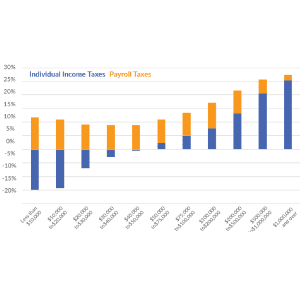
The tax burden for most Americans in 2019 –67.8 percent—will come primarily from payroll taxes, not income taxes. While the income tax is progressive, with average rates rising with income, the payroll tax is regressive, with the highest average rate falling on Americans with the lowest incomes.
3 min read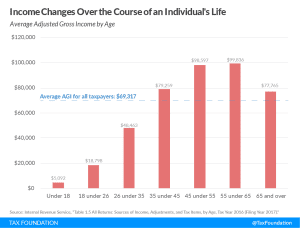
Average income tends to rise dramatically as someone ages and gains education and experience. Viewing just one year of income tax data without digging any deeper misses some crucial context.
2 min read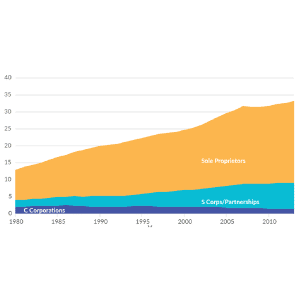
Since most U.S. businesses are pass-through businesses, such as partnerships, S corporations, LLCs, and sole proprietorships, changes to the individual income tax, especially to top marginal rates, can affect a business’s incentives to invest, hire, and produce.
3 min read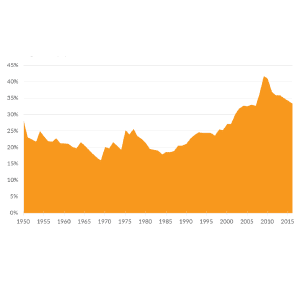
From 1986 to 2016, the top 1 percent’s share of income taxes rose from 25.8 percent to 37.3 percent, while the bottom 90 percent’s share fell from 45.3 percent to 30.5 percent.
3 min read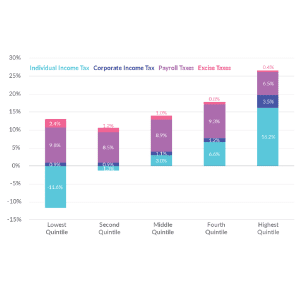
Federal tax rates vary by income group and tax source. The federal tax system redistributes income from high- and low-income taxpayers.
3 min read
While some tax preferences like the earned income tax credit (EITC) and child tax credit benefit lower- and middle-income households, others, like itemized deductions, benefit high-income households.
4 min read
In the 1950s, when the top marginal income tax rate reached 92 percent, the top 1 percent of taxpayers paid an effective rate of only 16.9 percent. As top marginal rates have fallen, the tax burden on the rich has risen.
4 min read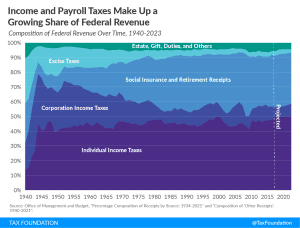
The federal income tax and federal payroll tax make up a growing share of federal revenue. Individual income taxes have become a central pillar of the federal revenue system, now comprising nearly half of all revenue.
2 min read
Recent plans to increase the tax burden on wealthy Americans, such as higher marginal income tax rates and wealth taxes, are flawed in several ways, including in their lack of understanding of tax history.
4 min read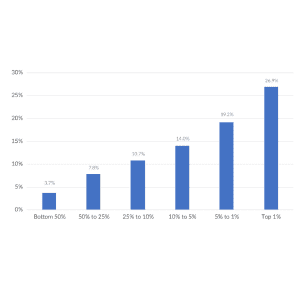
Recent interest in raising the tax burden on high-income individuals glosses over the fact that the U.S. federal tax code is already progressive.
3 min read